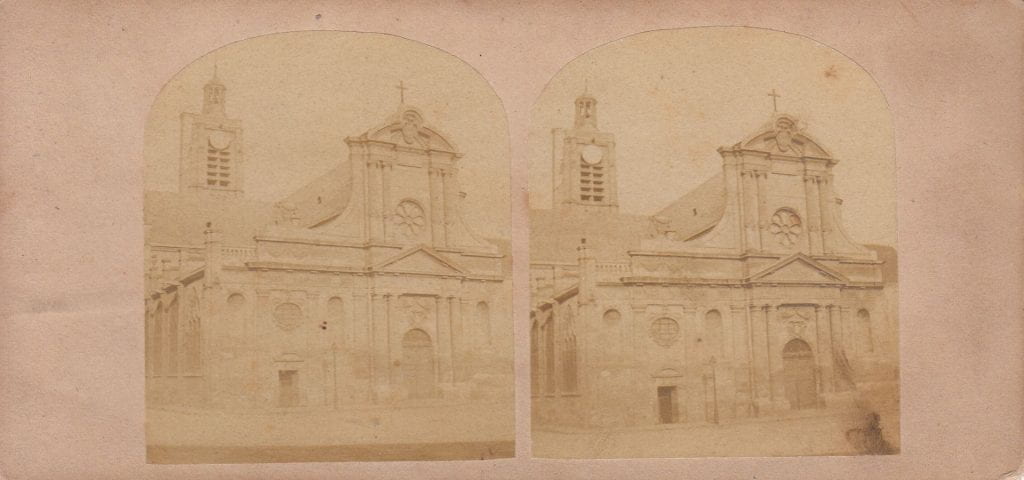Louise de Marillac was a wife, mother, widow, teacher, nurse, director of the Confraternities and Ladies of Charity, and cofounder with Vincent de Paul of the Daughters of Charity. Patron of Social Workers, Louise knew personal suffering, and she also knew the suffering of God’s poor people. She was an organizer, a radical thinker who lived life intensely and whose quest was to do the will of God with a deep faith in divine providence.
Praying with Louise de Marillac is a book in the Companions for the Journey series of meditation guides on Christian spirituality. Authored by Audrey Gibson, DC, and Kieran Kneaves, DC, it was published by Saint Mary’s Press, Christian Brothers Publications, Winona, Minnesota, in 1995. ISBN O-88489-329-4 Copies may be obtained directly from the publisher or on-line at www.amazon.com





